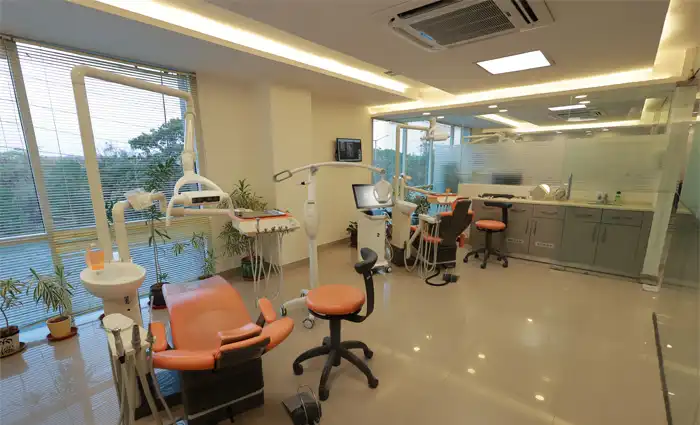Dental implants are metal posts that are fixed into the alveolar bone or basal bone and are used as support for dental prostheses such as crowns, bridges or dentures. Implants can be of two types- single-piece implants and multiple-piece implants.
Multiple-piece implants, also known as two-piece or multi-component implants, are dental implants composed of separate components that are assembled during the restoration process. Typically, these implants consist of an implant fixture, which is surgically placed into the jawbone, and an abutment, which on one end connects to the implant fixture and on the other end, supports the prosthetic restoration. Multiple-piece implants can be three piece or five piece.
Multiple-piece Implants in the Dental Restoration Protocol
Multiple-piece implants are used as part of the delayed implants-delayed loading protocol. This protocol involves inserting the implant fixture followed by a healing period, after which the abutment is inserted into the implant fixture, and temporary restoration is provided. Once the permanent restoration is fabricated, the temporary ones are replaced with it. The whole process may take 3-6 months based on the patient’s oral health.
Multiple-piece implants can be used for:
- Replacement of single tooth
- Replacement of multiple teeth through crowns/bridges or partial dentures
- Full mouth restoration through implant-based crowns/bridges or fixed overdentures
What is the Procedure for Multiple-Piece Implants
For placing any implants, whether multi-piece or single piece, the first step is to extract the damaged tooth/teeth and let the alveolar sockets heal. This healing tales about 4-6 weeks after which the implant fixture is placed surgically. This procedure is called flap surgery and involves cutting through the gums to the alveolar bone, and placing the implant fixture into it.
A healing period of 4-6 weeks is again needed for osseointegration of the implant that involves fusing of the implant with the alveolar bone. Thos healing period is also necessary to help reduce the inflammation of the gum tissue or any infection that might have happened during the surgical procedure.
Following the osseo-integration, the abutment is fixed onto the implant fixture, and impressions/measurements are taken for fabrication of the prosthesis. A temporary prosthesis is provided till the permanent once are ready.
What are the Advantages and Disadvantages of Multiple-Piece Implants?
Multi-piece implants allow for greater flexibility in treatment planning, as the abutment can be customized to accommodate various prosthetic designs and aesthetic requirements, ensuring optimal esthetics and function. Multiple-piece implants are compatible with a wide range of prosthetic materials and designs, offering versatility in treatment options for patients with diverse needs.
While multi-piece implants offer various advantages, there are certain shortcomings inherent to its multiple pieces model. As each part of the implant is telescopically fitted into each other, it can get loose over time and with continued use, requiring regular tightening of the implant parts. This regular tightening may cause cracks in the implant or implant failure if the force applied while tightening the screws is too high. In addition, the threads on the screws tend to irritate the gum tissue on exposure causing inflammation. Multi-piece implants have been in dental practice for a long time and have offered good outcomes for many restorative requirements, whether a single or multiple teeth replacement, and for variety of prostheses.





